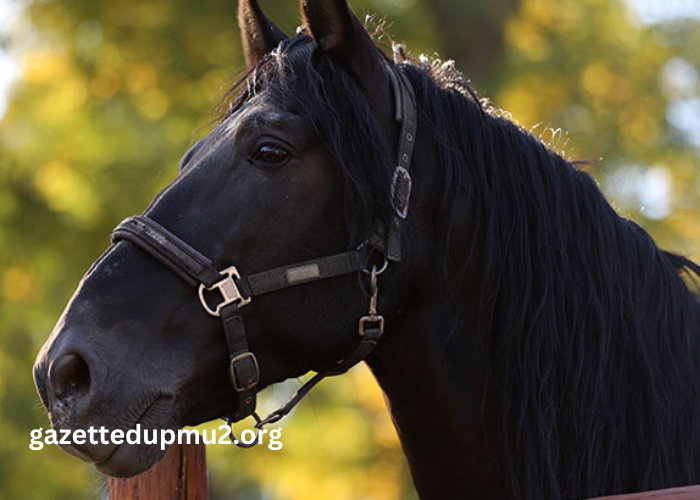Horse racing is a thrilling sport that combines speed, strategy, and the thrill of potential winnings. For bettors, one of the key elements to success lies in the ability to identify which horses to bet on and, perhaps more importantly, which horses to eliminate from consideration. This process, known as Élimination Des Chevaux, is a critical skill for any serious bettor. In this comprehensive guide, we will delve into the art and science of horse elimination, providing you with the insights and strategies you need to improve your betting outcomes.
Understanding Élimination Des Chevaux
Élimination Des Chevaux, or the elimination of horses, is a systematic approach to narrowing down the field in a horse race. The goal is to identify horses that are less likely to win or place, thereby focusing your bets on those with a higher probability of success. This technique involves analyzing various factors such as the horse’s past performance, physical condition, jockey and trainer statistics, track conditions, and more.
Why Elimination is Crucial
- Increased Accuracy: By eliminating less likely contenders, you can focus your attention and resources on the horses with the best chances.
- Better Odds: Concentrating on fewer horses allows for more strategic betting, potentially leading to higher returns.
- Risk Management: Minimizing the number of bets reduces the risk of significant losses.
Key Factors in Horse Elimination
Past Performance
The horse’s race history is one of the most telling indicators of its potential. Key aspects to consider include:
- Win Rate: Horses with a higher win rate are generally more reliable.
- Recent Form: A horse that has consistently placed well in recent races is a strong contender.
- Consistency: Look for patterns in performance; a horse that fluctuates significantly may be less predictable.
Physical Condition
A horse’s physical health and condition are paramount. Indicators include:
- Appearance: A healthy, well-groomed horse is more likely to perform well.
- Energy Levels: Horses showing signs of lethargy or excessive nervousness may not race well.
- Injuries: Any past injuries or current physical issues should be major red flags.
Jockey and Trainer Statistics
The skill and experience of the jockey and trainer can significantly impact a horse’s performance. Consider:
- Jockey’s Track Record: Experienced jockeys with a history of wins are preferable.
- Trainer’s Success Rate: Trainers with a high success rate tend to produce better-performing horses.
Track Conditions
The condition of the track can greatly affect race outcomes. Factors to evaluate include:
- Surface Type: Some horses perform better on dirt, while others excel on turf.
- Weather Conditions: Rain, heat, and other weather conditions can influence the race.
- Track Size and Shape: Horses may have preferences or show better performance on certain track configurations.
Race Distance
Different horses have varying strengths when it comes to race distances. Analyze:
- Past Performance by Distance: Horses that have performed well over similar distances are likely to do so again.
- Stamina vs. Speed: Some horses are better suited for sprints, while others excel in longer races.
Advanced Strategies for Élimination Des Chevaux
Speed Figures
Speed figures are numerical representations of a horse’s performance in past races, adjusted for track conditions and other variables. Using speed figures can help identify horses that consistently perform well, making them better candidates for betting.
Class and Competition Level
Consider the class of races the horse has participated in. Horses moving up or down in class can perform differently based on the competition level. A horse that excels in lower-class races may struggle against higher-class competition.
Pedigree Analysis
The pedigree or lineage of a horse can provide insights into its potential. Horses from successful racing lines are often more reliable. Studying the performance of a horse’s parents and siblings can offer clues about its capabilities.
Workout Reports
Workout reports provide information on a horse’s training sessions leading up to the race. Horses that show strong, consistent workouts are often in good form and ready to race.
Betting Market Movements
Observing changes in the betting market can provide insights into which horses are favored by the public and professional bettors. Significant shifts in odds can indicate insider information or changing perceptions about a horse’s chances.
Conclusion
In the intricate and fast-paced world of horse racing, mastering the art of Élimination Des Chevaux is a game-changer for any bettor aiming for consistent success. This technique, which focuses on identifying and excluding horses with a lower probability of winning, serves as a critical component of effective betting strategies. By honing the skills to analyze various factors such as past performances, jockey and trainer statistics, track conditions, and more, bettors can significantly enhance their decision-making process.




